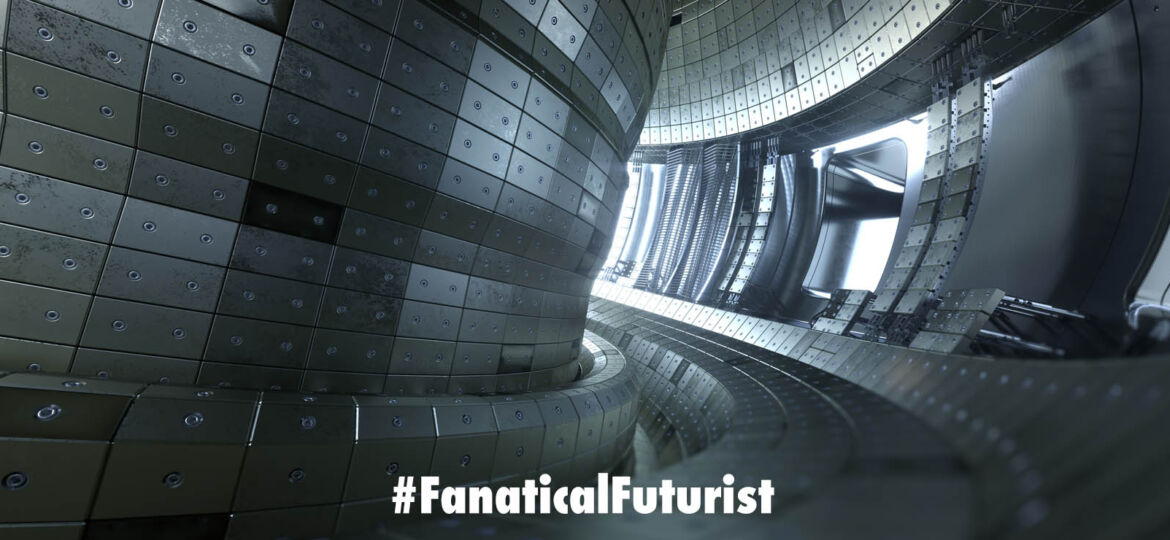
WHY THIS MATTERS IN BRIEF
Trying to create an artificial Sun on Earth is no mean feat, and scientists have turned to Artificial Intelligence to help them.
With the click of a mouse and a loud bang researchers blast jets of super hot, ionized gas called plasma into one another at hundreds of miles per second from the control room of a fusion energy startup called TAE Technologies, and in doing so fired up their $150 million plasma collider. That shot was a tiny part of the company’s long pursuit of a notoriously elusive, but powerful, energy source – nuclear fusion. And in the latest phase of their hunt of cracking fusion’s secrets they’ve turned to an Artificial Intelligence (AI) called “the Optometrist” to help them.
Nuclear fusion is the reaction that’s behind the Sun’s energetic glow. Here on Earth, the quixotic, expensive quest for controlled fusion reactions gets a lot of hype and a lot of hate. The dream is that fusion power would mean plenty of energy with no carbon emissions or risk of a nuclear meltdown. But scientists have been pursuing fusion power for decades, and so far, despite breakthroughs in sustaining what’s known as first fusion, and even building self-healing fusion reactors, they are nowhere near to adding it to the grid.
Last year, a panel of advisers to the US Department of Energy published a list of game-changers that could “dramatically increase the rate of progress towards a fusion power plant.”
The list included advanced algorithms, like AI and machine learning, and it’s a strategy that TAE Technologies is banking on. The 20-year-old startup began collaborating with Google a few years ago to develop machine learning tools that it hopes will finally bring fusion within reach.
Attempts at fusion involve smacking lightweight particles into one another at temperatures high enough that they fuse together, producing a new element and releasing energy. Some experiments control a super-hot ionized gas called plasma with magnetic fields inside a massive metal doughnut called a tokamak. Lawrence Livermore National Laboratory fires the world’s largest laser at a tiny gold container with an even tinier pellet of nuclear fuel inside. And TAE twirls plasma inside a linear machine named Norman, tweaking thousands of variables with each shot.
It’s impossible for a person to keep all of those variables in their head or to change them one at a time. That’s why TAE is collaborating with Google, using a system called the Optometrist algorithm that helps the team home in on the ideal conditions for fusion.
Ultimately, the team hope that the system will help them zero in on the answer to solving one of the most challenging riddles of our time – how to create a Sun on Earth.
“The end goal is to have power plants that are burning clean fuels that are abundant, [and] last for as long as humanity could last,” says Erik Trask, a lead scientist at TAE. “Now, we think that we have found a way to do it, but we have to show it. That’s the hard part.”
















